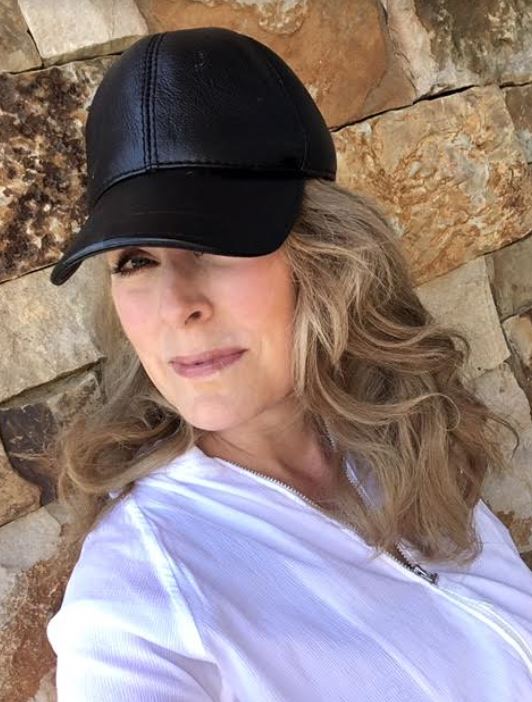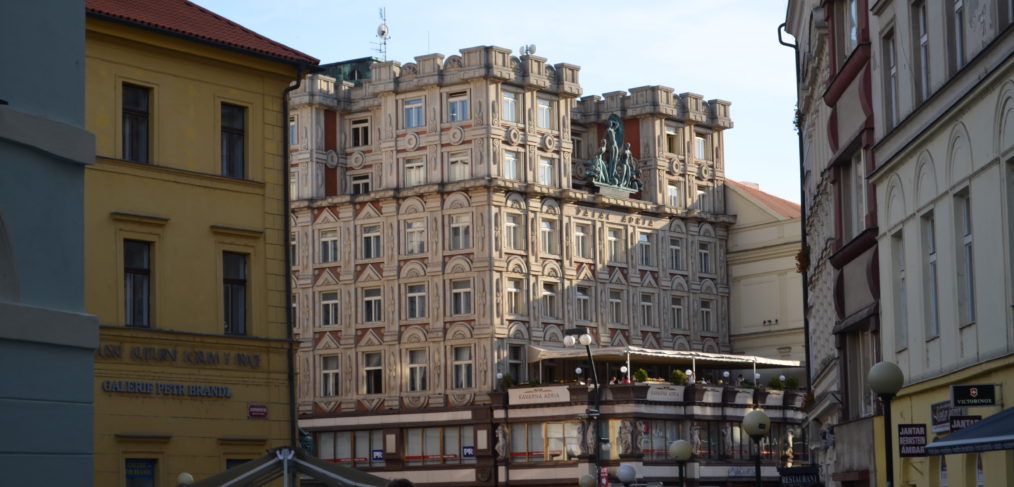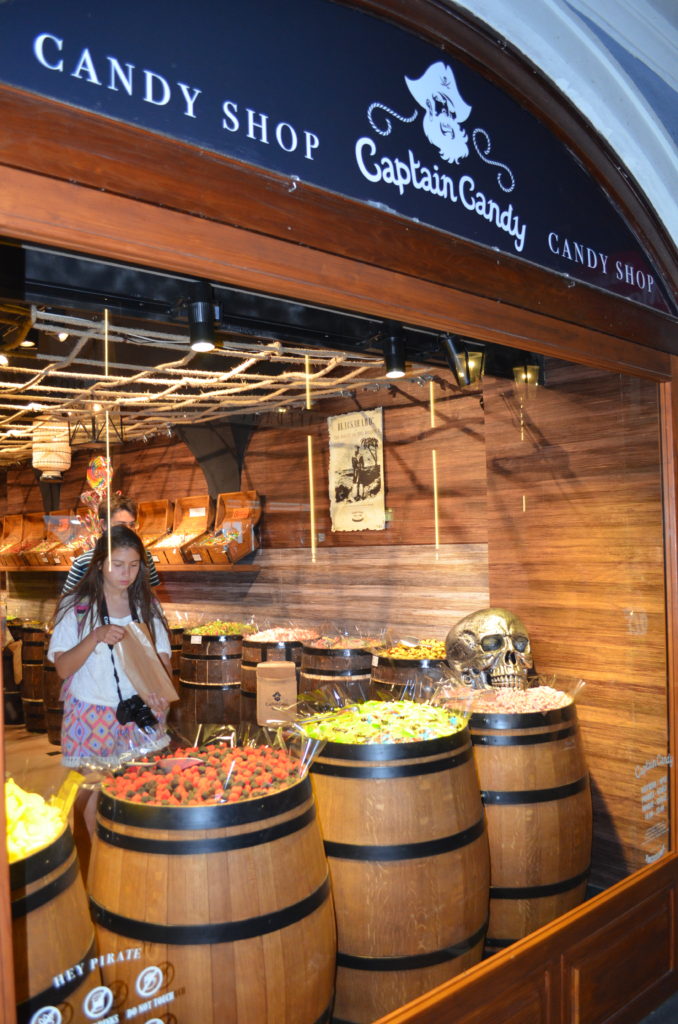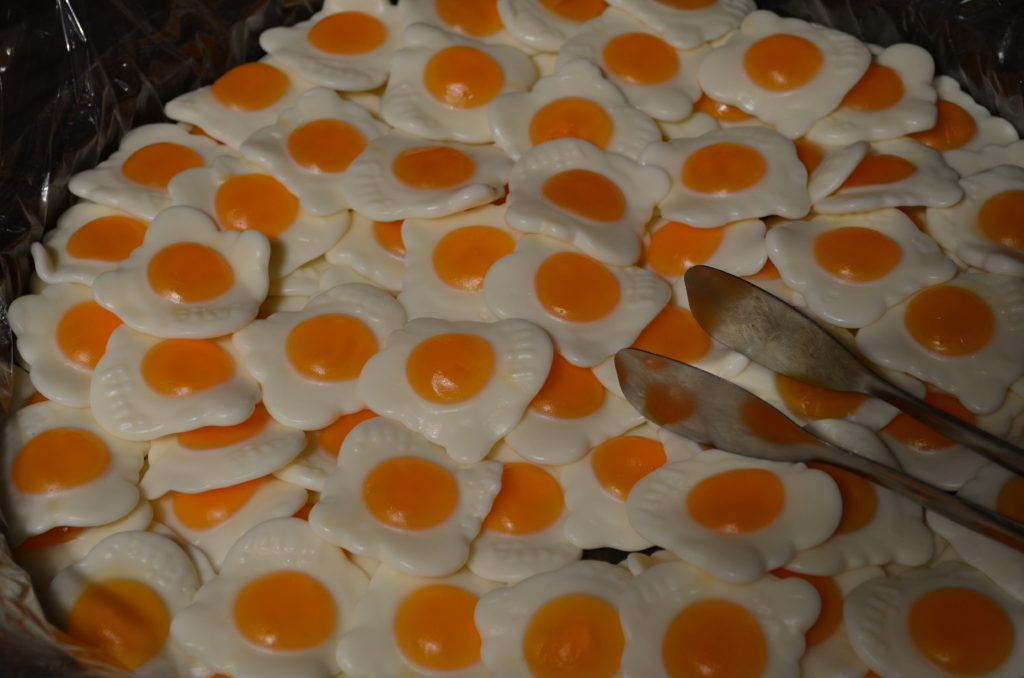Four step process to getting the best product & price
When we return from traveling, men ask Rog how much money we spent. The women ask what we spent it on. Notice the difference? Second to this is: “Where’s the best shopping?” I’ll tell you what I tell them, then I’m going to reveal the real truth.
Five places are failsafe. Italy first and foremost, because the goods are beautiful and inexpensive. Milan (across the from the Duomo Cathedral) has this amazing mall with lots of goods we can’t get in the States, and if we can, the price is quadruple. No kidding. Lugano, a township on Lake Cuomo, offers different brands but similar deals, then Bellagio, which is the peninsula on Lake Cuomo. Lille, France, downtown, always offers great prices on French-made goods. In Germany, if you like Porsche brand products, go to the car factory, hit the store and pick up watches, leather clothes and windbreakers also for one-fourth the cost in the States, assuming it would even be available.
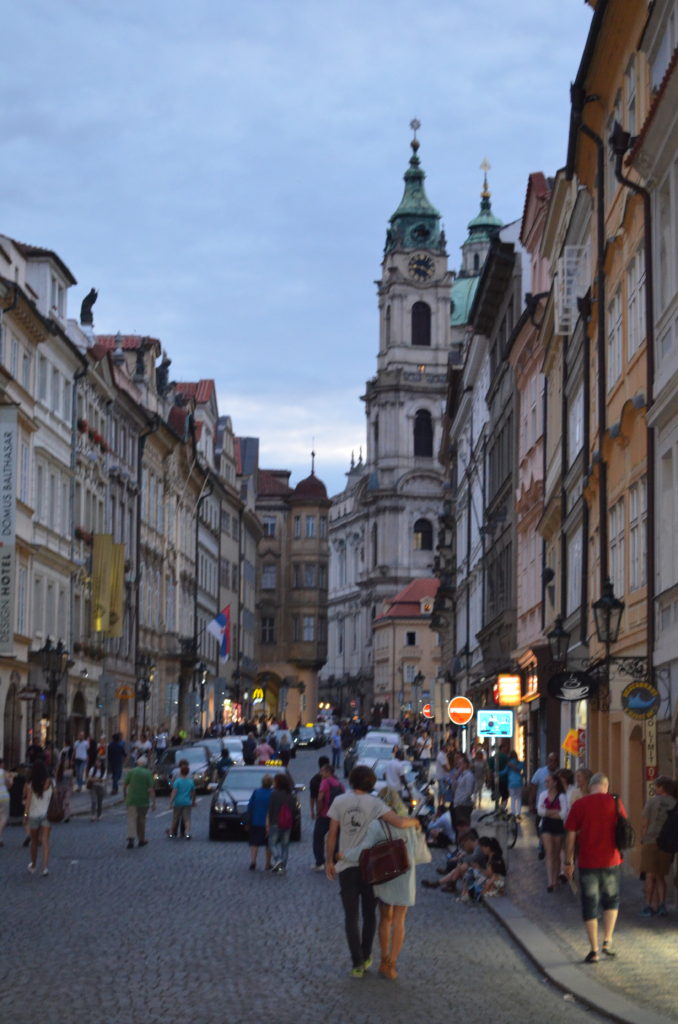
Shopping rule of thumb: the brighter the street the worse the deals. The darker the streets, the more the proprietor will negotiate because they have to drive volume.
Examples? $800 Hermes belts for $250 in Bellagio. $1,750 Ferragamo purses for $400 in Lugano. Porsche jacket (unavailable in the States, but was listed at $350 on the website) for $75). Diamond and ceramic Mercedes watch in Milan (at the Mercedes clothing store—yes, that exists), not listed on-line or available in the States: $350.
Now the real truth, aka Sarah’s secret
Yes, all of the above are amazing, but there’s more. The real truth is you save your money, go to Old Town in Prague, wander up and down the narrow streets looking at the items—whatever your preference. You see which stores offer well-tailored, high-end leather goods. You walk in the store, which is on the main floor, and check out the wares. Typically, the okay stuff is in the front, the medium goods are in the middle, and near the back are the finer items. Once you identify an interest in the finer items, you ask “If they have more goods elsewhere,” which is a shameless rip-off of a similar line from Gone with 60 Seconds, and I’m happy to say, it works!
Captain Candy is a great store full of weird concoction, including candy eggs that look grossly-real but taste amazing. This is about one street away from the store I reference below for the great deals on coats.
You are then invariably led upstairs, to a warehouse-size room where you feel like Meghan Markle has just entered the private chamber for the Queen’s jewels. Stars are shining from above and every item is there, hanging by type first, then color, ordered by price.
What’s the price?
This is European-code for “whatever you can negotiate.”
Negotiation tip 1. Forget credit cards, this is all about the dollars. The first question you will encounter is “Will this be case or credit?” And if this isn’t raised by the salesperson, you need to raise it. This gets you a 50% slice right off the bat, not just the 3% fee saved in the States. Why? The transaction is unlikely to be traced on their end, because the owner of the establishment is running that entity according to their own rules.
I’m not sure why this little fact always perplexes American’s; probably the same reason foreigners are so annoyed they can’t negotiate the price on a piece of clothing. It’s just the way transactions are completed. If you think about it, negotiating isn’t all the foreign, it’s just that American’s usually only negotiate when they go to Mexico, not Europe. When we are south America, we dicker all the time. Then again, here in the States, both Rog and I always offer to pay cash to get the best deal, and why not? Money is hard enough to earn; who wants to give it away to easily?
Negotiation step 2. Real cash dollars, or money order? Hard currency all the way. This yields yet another discount.
A pause here for a moment. You are probably thinking we are idiots to be carrying around lots of cash. We don’t. Because banks are open, cash is easy to come by and we carry less than $100 on us at any given time. It’s just not prudent; the salient point is that you can get easily get cash, which leads me to step 3.
Negotiation step 3. Never buy that moment. No matter what we have on hand, we say we will come back. Did you know a sales statistic is that if you don’t get the target (e.g. customer) to spend that day/night and they walk off the premises (lot or store), the likelihood they will spend at all goes to below 50%? That’s quite an incentive to get you to spend!
It’s at this point, that Rog brings up the “what kind of deal can you give me?” e.g. buy one get the second free, or at least half off. (That just sounds like Rog, doesn’t it?) Me? Well, I’m just the long-suffering mother of two tired children who isn’t really sure she wants to spend the money in the first place.
It plays really well, and you know what, half the time it’s accurate. I’m usually vomiting about the money we are spending to feed our ravenous beasts of children, but on the other hand, I know I simply can’t get the shoes, purses, coats or watches at the same price anywhere near the quality, never mind the brand mark-up us American’s pay.
Negotiation step 4. The last-minute enticement to not back out
Rog had already committed to returning that evening, but the man needs to make totally and completely sure we are serious. I’ll give you an example of how it went down (and this is common).
In one store, we told the gentleman we’d be back around eight p.m. to pick up a coat. The girls were hungry, my feet were hurting, the coat I selected was a great deal and I loved it, but was ready to leave.
At that point, the salesman asks if we could be back by 7 pm. Nope, I tell Rog as the girls groan in the background.
“If you can be back by 7 p.m.” he starts, “I’ll give you a mink-lined black leather baseball cap.” That was a weird enticement. I don’t wear baseball hats of any kind because they don’t shield my face from the sun, and the rim invariably leaves a nice long dent on my forehead which doesn’t come out until the following day.
As I’m shaking my head no, the man lifts one off a shelf, encouraging me to try on. “It’s perfect for you,” he says.
Actually, it looked pretty good, but I didn’t need it, and I give Rog a gentle tug as I try to hand back the hat.
“How much?” Rog asks.
“$250 US,” the man replies.
“Seriously, I don’t need the hat,” I interject, handing it back. “The girls need to be fed. Let’s just come back later,” giving Rog the ‘lets-get-going’ eye.
“$150,” he says, hoping to entice us. I shake my head, already grabbing the girls. “Tell you what,” the man says, “I’ll give this to you for free if you come back tonight by 7.”
The man really wanted the money, and must have a hot date.
Rog looks back at the guy as I pass the had to my oldest daughter, not bothering to put it back on, and the guy goes to the next level.
“Tell you what,” he begins. “I’ll give you 75% off a second coat if you come back by 7, plus you can have the hat for free.”
Rog looks at me. I look at him. We go back to the top floor and try on more coats. We look at the prices and do the math. We figure out exactly what returning one hour earlier will save us so the man can get out to his hot date.
Done deal.
And that, my friends and readers, is how you end up with two coats and a mink-lined, leather baseball hat in your closet; by getting the very best shopping deal in Europe.
Happy shopping wherever you do it!
